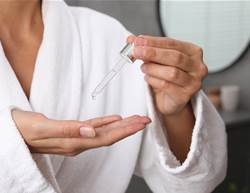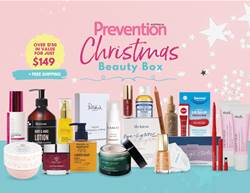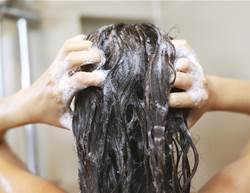Dry skin getting you down? The solution might be more simple than you think!
If your skin is dry, sensitive, prone to redness, or plagued by eczema, these calming, nourishing hydrators will be your saviours. Use them alone and/or immediately following any exfoliation regimen.
Whether you want clearer skin, a nourishing glow or to smooth out wrinkles, your solution is right here! Click on any of the three links below to discover more skin savers:
- 6 Anti-ageing ingredients for youthful skin
- 4 Acne-fighters and exfoliators for clearer skin
- 4 Skin oils for a nourishing glow
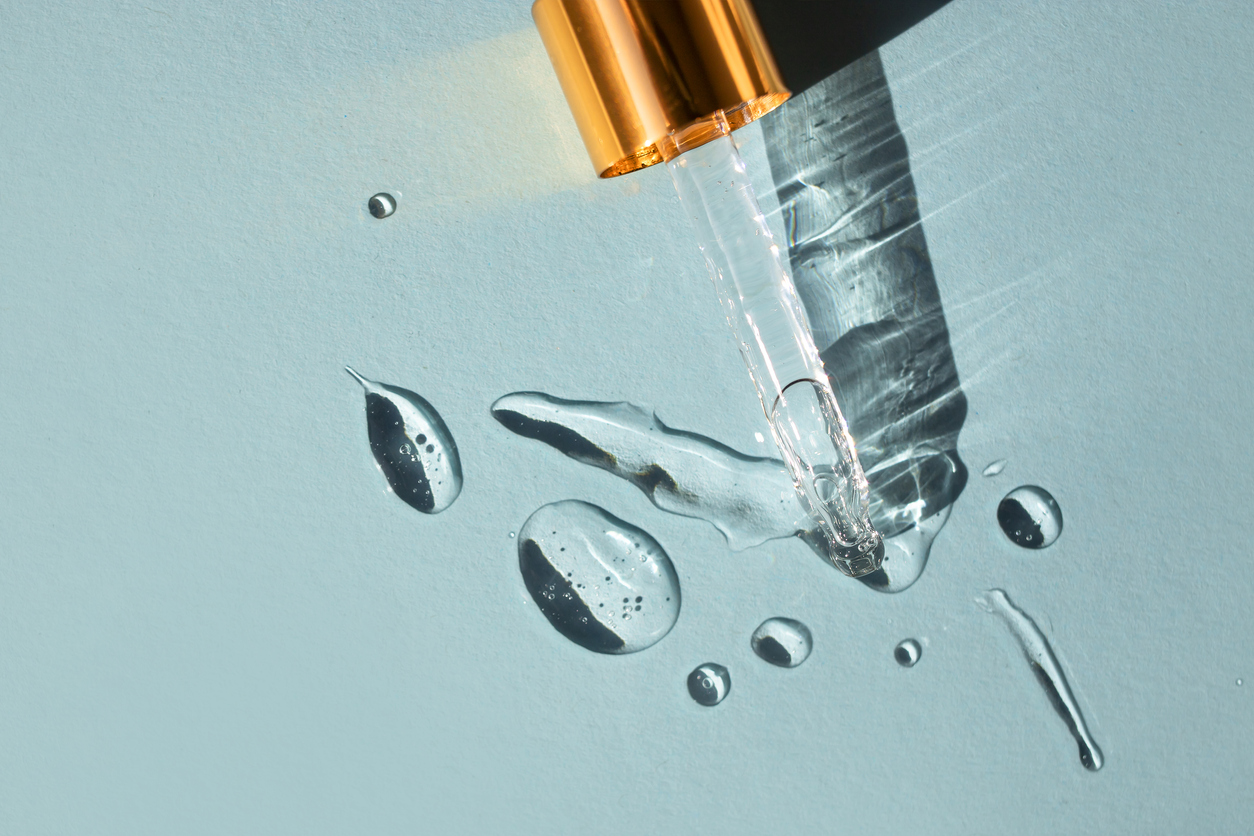
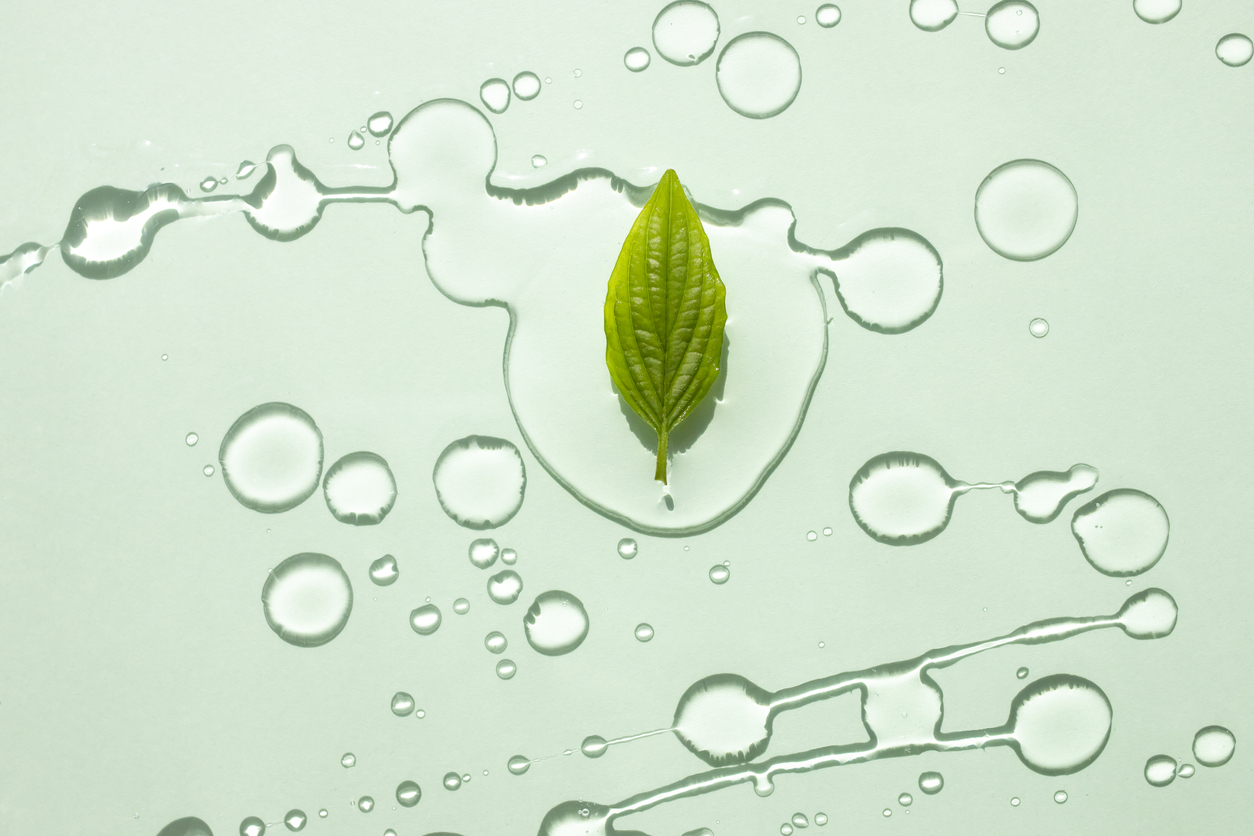
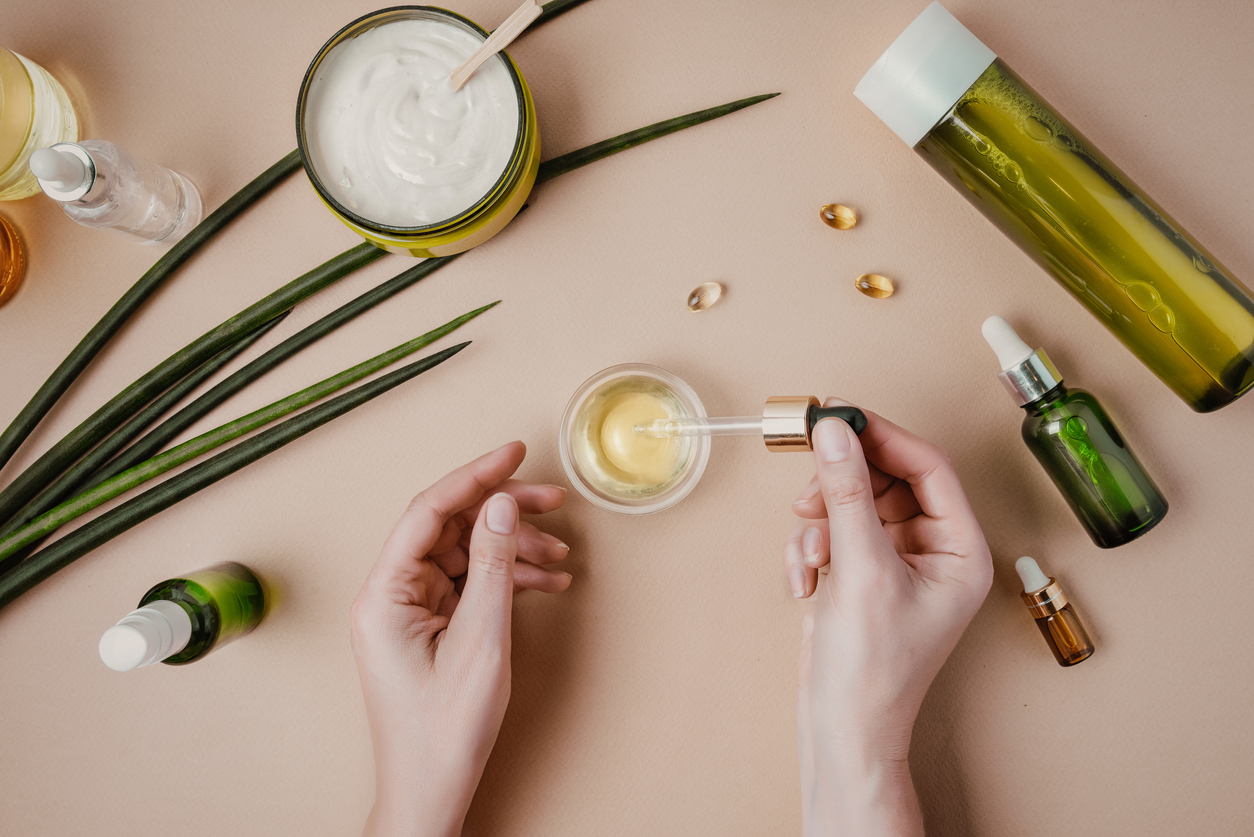
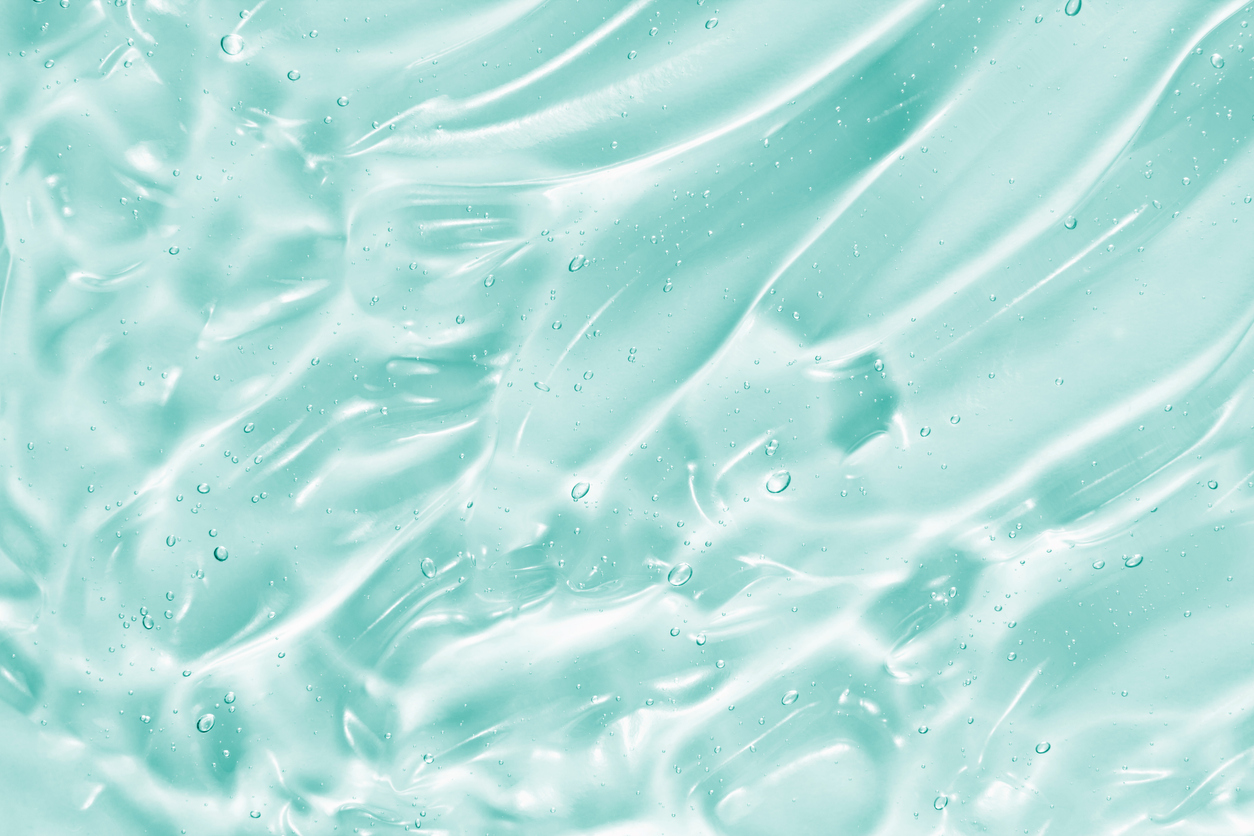
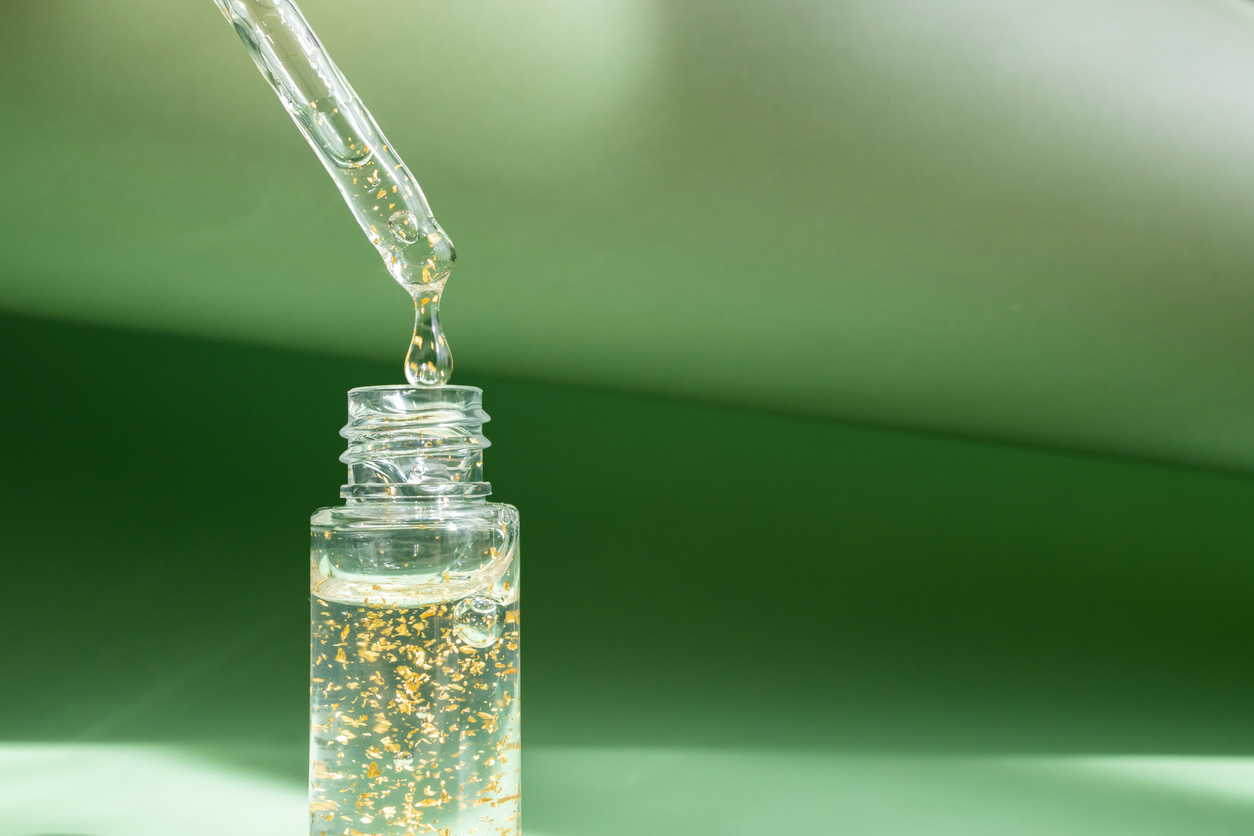
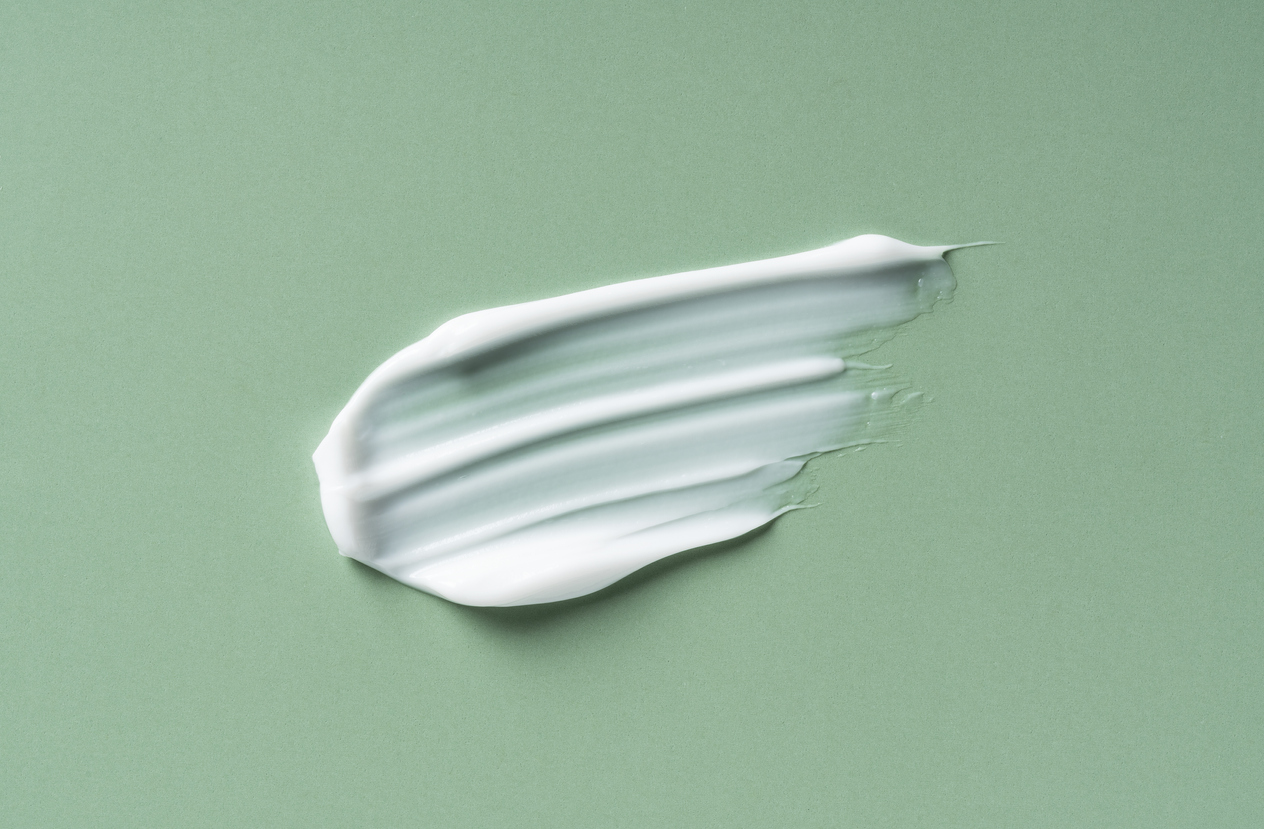
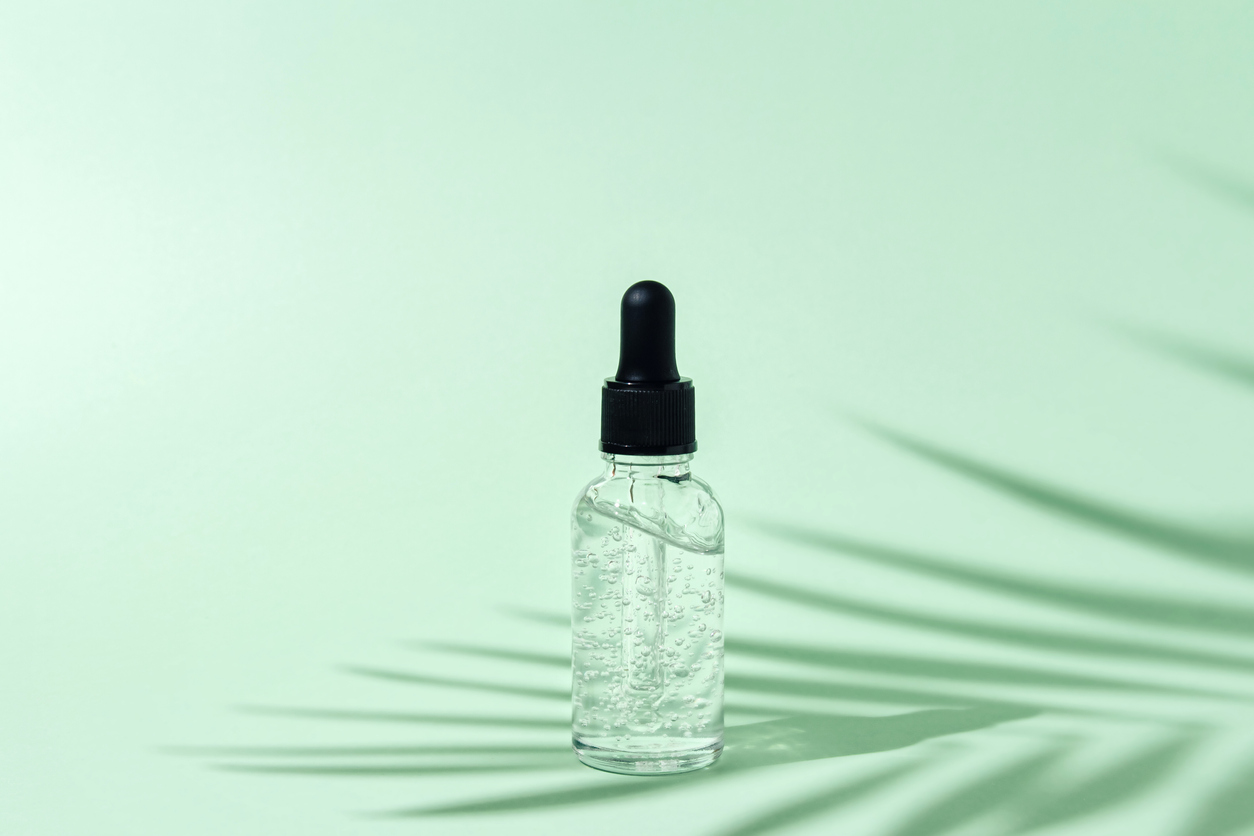
Ceramides
What it does: This type of naturally-occurring fat holds skin cells together to help form a waterproof seal and healthy skin barrier that keeps skin hydrated.
Who it's for: Everyone, but particularly those with mature skin and eczema-prone, irritated, or dry, itchy skin.
How to use it: Apply daily in a lotion or cream alone or following retinoids, hydroxyacids, and exfoliants to stave off potential irritation.
FYI: Ceramides are naturally-occurring, but deplete with age and poor skin health. Luckily, OTC ceramides are bio-identical to what skin naturally produces.
Cica
What it does: Centella asiatica (a.k.a. cica) is an herb rich in anti-inflammatories that calms redness and irritation, regulates collagen synthesis, and protects against environmental damage.
Who it's for: Everyone, but particularly those who struggle with acne, rosacea, or severe dryness and sensitivity.
How to use it: Apply a cica-packed cream or serum to clean skin nightly, when skin is in repair mode.
FYI: Check the ingredients list — cica, tiger grass, centella asiatica, or madecassoside should be near the top.
Humectants
What it does: Humectants are water-loving ingredients that draw moisture into skin to help increase moisture content over time.
Who it's for: Any skin type (even oily skin requires some hydration!), but especially essential for dry skin.
How to use it: Humectants like glycerin, hylauronic acid, aloe, and urea are most often formulated in moisturisers and creams alongside occlusives and emollients. Apply once to twice daily.
FYI: Since humecants draw moisture from anywhere, they might increase skin dryness if you live in a very dry environment by absorbing water from the skin instead of the air.
Hyaluronic Acid (HA)
What it does: A naturally-produced sugar molecule found in our skin, joints, and connective tissue, this gentle humectant attracts up to 1,000 times its weight in water to hydrate, smooth, and plump dry or wrinkled skin.
Who it's for: All skin types (allergic reactions are rare since it's naturally occurring), but particularly helpful for dry or mature skin in need of deep hydration.
How to use it: Most often found in products that are left on the skin (e.g. creams, lotions, serums, masks), HA can be used twice daily even on sensitive skin.
FYI: Skin produces less natural HA with age, which contributes to sallowness and wrinkles. Check skincare labels for mention of "sodium hyaluronate."
Niacinamide
What it does: This water-soluble derivative of niacin or vitamin B3 (an essential vitamin not produced by the body) is lauded its anti-inflammatory, soothing, brightening, and skin tone-evening benefits.
Who it's for: All skin types; it can help reduce sebum production on oily skin, retain moisture on dry skin, and foster ceramide production to repair skin compromised by rosacea or eczema.
How to use it: It's typically formulated into leave-on products like serums and creams and best used twice per day.
Caution: The way niacinamide works in the skin is not fully understood, but several studies have shown clinical skincare benefits.
Occlusives
What it does: These moisturising agents form a protective layer on skin’s surface to prevent moisture loss and shield skin from external irritants like friction, cold, wind and pollen.
Who it’s for: Thick and heavy, occlusives are best for people for dry, dehydrated, sensitive or reactive skin.
How to use it: Alongside humectants, occlusives are present in most hydrating skincare products, from lip balm to moisturiser. They’re safe to use on dry skin multiple times daily.
FYI: Petrolatum, silicones, shea butter and beeswax are all occlusives. Occlusives are likely too rich for those with oily skin and since they contain mainly oil-based ingredients, they may leave skin with a sheen.
Polyglutamic Acid
What it does: A natural polymer and humectant, polyglutamic acid (PGA) is a super hydrator that attracts up to 5,000 times its weight in water to hydrate skin and make it look and feel more plump with reduced fine lines and wrinkles.
Who it’s for: PGA is gentle and hydrating so it's universally beneficial for a hydration boost as needed on all skin types and all environments for a dewy look.
How to use it: It can be added into any skincare routine and doesn’t interfere with products like vitamin C, retinol or niacinimide. Those with dry skin can use it multiple times daily, while those with oilier skin types (or who live in a humid climate) may want to apply more sparingly.
FYI: For best results, look for polyglutamic acid in the top half of ingredients on products that are left on skin rather than rinsed off.







